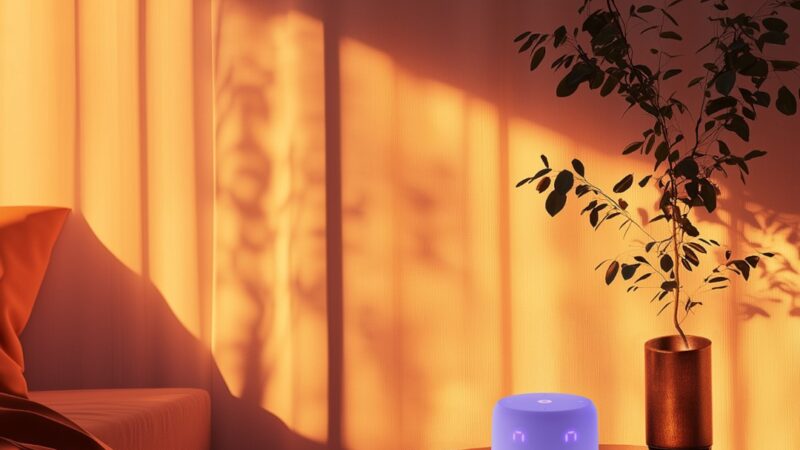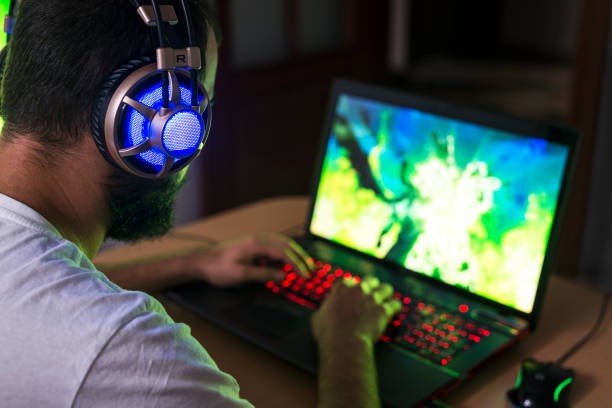Best DPN Treatment Options for Dark Skin: Safe Choices, Risks, and What Works

If you have small, dark bumps on your face, neck, or body, you may already know about Dermatosis Papulose Nigra (DPN). These harmless spots are very common on darker skin tones, especially in families where they run naturally. While DPN is safe and doesn’t cause health problems, many people want to remove it for smoother skin. The big question is: What are the best treatment options for dark skin?
This guide will walk you through the safest and most effective ways to treat DPN, the risks involved, and what really works.
What Exactly Is DPN?
DPN stands for Dermatosis Papulosa Nigra. It looks like small, round, dark bumps that usually appear on the face, cheeks, temples, chest, and back. They are similar to skin tags but are usually darker.
These bumps are completely harmless, but for some people, they grow bigger with age or increase in number. Because they affect appearance, many people look for treatments to remove them safely.
Why Treating DPN on Dark Skin Needs Care
Treating DPN on dark skin requires special care because dark skin is more likely to develop scars, keloids, or pigment changes after treatment. This means that not all treatment options are safe for everyone.
A method that works well on light skin may cause spots or marks on darker skin. That’s why it’s so important to understand which options are safest.
Can Creams or Home Remedies Work?
Many people wonder if creams, oils, or home remedies can shrink or remove DPN. Sadly, the answer is no. DPN bumps are not caused by dirt, oil, or infection, so creams or natural oils cannot remove them.
Some over-the-counter products may even burn the skin or cause dark marks, making things worse. If you want results, professional treatment is usually the only safe choice.
Safe Professional DPN Treatments
Here are the most common and trusted options doctors use for dpn treatment:
1. Electrocautery (Burning Off with Heat)
This method uses a small electric current to burn off each bump. It is quick and effective. On dark skin, however, it must be done carefully to avoid leaving light or dark marks.
Pros: Fast results, bumps are removed immediately. Cons: May cause temporary scabs or pigment changes.
2. Cryotherapy (Freezing the Bumps)
This method uses liquid nitrogen to freeze and destroy the bump. It works well for some people, but it can sometimes leave lighter spots on darker skin.
Pros: Simple and effective for small bumps. Cons: Higher risk of light spots after healing.
3. Laser Treatment
Certain laser types can remove DPN bumps by targeting them with focused light. This can be a safe and precise method, but only if the doctor uses the right laser for dark skin.
Pros: Clean results, less scarring if done correctly. Cons: Can be expensive and requires a skilled provider.
4. Surgical Removal
Some bumps can be cut off with a small surgical tool. This is usually done for larger bumps. On dark skin, it must be done with great care to reduce the risk of keloids.
Pros: Works for big or stubborn bumps. Cons: Small risk of scars or raised marks.
Which Treatment Is Best?
The best option depends on:
- Your skin tone
- How many bumps you have
- The size of the bumps
- Your healing history (keloids, scars, pigment issues)
For small bumps, electrocautery is often the safest choice. For larger bumps, surgery or laser may be better. Cryotherapy is less common for dark skin because of the risk of discoloration.
Risks You Should Know
Every treatment comes with some risks. On dark skin, the most common ones are:
- Hyperpigmentation: The treated area may heal darker than normal.
- Hypopigmentation: The spot may heal lighter than your natural skin tone.
- Scarring: In some cases, bumps may leave marks or keloids.
- Infection: Rare, but possible if the area isn’t cared for after treatment.
The good news is that when treatments are done by skilled professionals, risks are much lower.
Aftercare Tips for Smooth Healing
After treatment, good care helps prevent marks and speeds healing. Here are some simple tips:
- Keep the area clean and dry.
- Avoid picking or scratching scabs.
- Use sunscreen to protect the area from dark marks.
- Follow your doctor’s aftercare instructions closely.
Healing usually takes 1–2 weeks, depending on the method.
Myths About DPN Treatment
There are many myths about DPN. Let’s clear them up:
- “DPN means my skin is unhealthy.” False. DPN is harmless and natural.
- “I can rub oils or creams to remove them.” False. These bumps won’t disappear with topical products.
- “Removing DPN is dangerous for everyone with dark skin.” False. Safe options exist if done by an experienced doctor.
Knowing the truth helps you make the best choices.
Long-Term Results: Do Bumps Come Back?
Once a bump is removed, it usually does not grow back in the same spot. However, new bumps can appear over time because DPN is genetic.
This means you may need repeat treatments later if you want to keep your skin completely clear.
Choosing the Right Doctor
The most important step is choosing the right provider. Look for:
- A dermatologist or cosmetic doctor with experience in treating dark skin.
- Reviews or before-and-after photos of their work.
- Clear explanation of risks and aftercare.
Remember: a safe, skilled provider is more important than the lowest price.
Final Thoughts
DPN is harmless, but if you want smoother skin, safe treatment options exist. Electrocautery, laser, and minor surgery are the most effective methods for dark skin, while creams and home remedies don’t work. The key is to choose the right treatment and the right doctor to avoid scars or marks.
If you want to explore trusted options, you can find more information at queenaesthetics.net.
FAQs
Can I remove DPN at home with a needle or razor?
No, this can cause infection, bleeding, and scarring. Always see a trained professional.
How long does it take to heal after DPN removal?
Most people heal in 1–2 weeks. Darker skin may take longer for pigment to fully even out.
Can children develop DPN?
Yes, but it usually appears more often in adulthood. Some families notice bumps starting as early as the teenage years.



